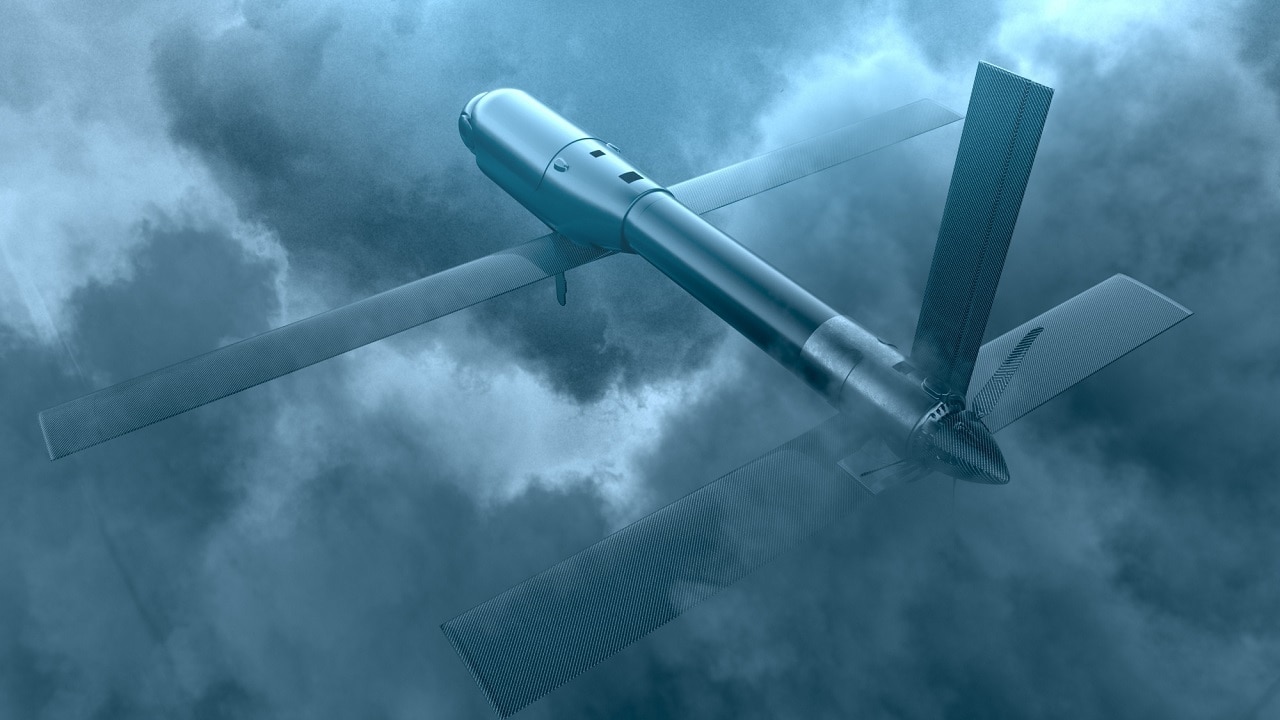Every day we learn more about the unconventional methods that Ukraine’s defenders use to great effect. Take Aerorozvidka. Formed in 2014 as a group of crowdfunded volunteers operating hobby drones, it has since been folded into the Ukrainian military. Aerorozvidka is now an elite drone reconnaissance and warfare squadron. It has taken the fight to Russian tanks and armored vehicles over the last few months, and is a great example of regular people innovating to fight the Russian invaders.
It’s a People’s War
Volunteers established Aerorozvidka eight years ago, after Russia’s annexation of Crimea. They mobilized to stymie pro-Russian separatists in the Donbas region. Volodymyr Kochetkov-Sukach, a Ukrainian investment banker, founded the unit, and other volunteers joined from the information technology and cybersecurity sectors. Kochetkov-Sukach was killed in fighting in the Donbas in 2015, and the group has tried to honor his legacy by answering the call against the Russian invaders.
Aerorozvidka claims to have 50 different drone squads operating in battlespaces across the country. The squadron’s method is to strike at night, when enemy soldiers are asleep. Russian armored forces hide their tanks in cities, daring Ukraine to risk artillery attacks that could endanger civilians. Aerorozvidka gives Ukraine’s military the capability to respond to this tactic, and that is a big reason the unit is such an important asset.
Night fighting
For reconnaissance, Aerorozvidka uses quad-copter drones with thermal cameras, such as the DJI Mavic 2 Enterprise. This drone has a powerful sensor, optical and digital zoom capabilities, and autonomous functions. Built for photography enthusiasts, the Mavic 2 Enterprise costs only $1,600.
Once these devices have scoped out their targets, R18 drones can get to work. The R18 system has a 2.5-mile range with a 40-minute loiter time, and it can deliver 11-pound anti-tank grenades. The R18 has been credited with multiple Russian tank kills.
An Aerorozvidka fighter told the news site DroneXL that it is impossible to see the drones at night. “We look specifically for the most valuable truck in the convoy and then we hit it precisely,” the fighter said. “We can do it really well with very low collateral damage – even in the villages it’s possible. You can get much closer at night.”
Part of some big wins
When the R18 itself does not engage a target, it can feed data to conventional artillery units for fire missions targeting Russian convoys. Aerorozvidka has been credited for helping bog down the large 40-mile armored column that approached Kyiv early in the war.
Aerorozvidka also builds multi-copter, remotely piloted vehicles in-house. These carry larger explosive payloads that can target the top of tank turrets, where armor is usually the weakest.
Aerorozvidka shows how teamwork facilitates innovative solutions to battlefield problems. The Guardian reported that Aerorozvidka “created a system called Delta, a network of sensors along the frontlines that fed into a digital map so commanders could see enemy movements as they happened.” This explains the Ukrainians’ mastery of situational awareness sparked by drone power.
The Russians never predicted that Ukrainian citizen-soldiers would rise up to defend their country in such a manner. They focused on conventional numbers, and they did not plan for volunteer combatants that would spring up organically from high-tech professions. Aerorozvidka shows how civilians can use their professional skills to make a difference on the battlefield.
Now serving as 1945’s Defense and National Security Editor, Brent M. Eastwood, PhD, is the author of Humans, Machines, and Data: Future Trends in Warfare. He is an Emerging Threats expert and former U.S. Army Infantry officer. You can follow him on Twitter @BMEastwood.

